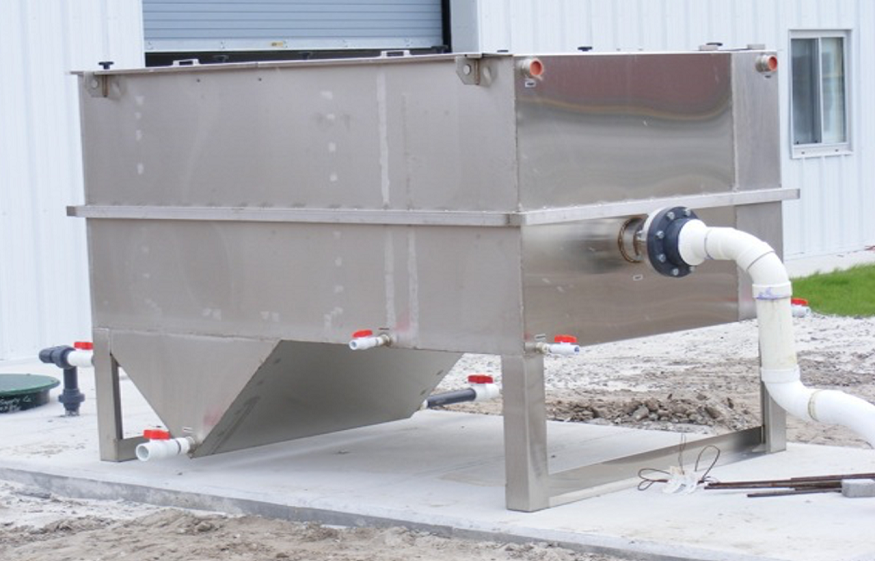If your business has a wash bay in some form, chances are that you’ll have a wastewater treatment system that includes an oil water separator, or OWS. After all, you need to comply with your local environmental laws if you don’t want to pay any fines or have your business operations be suspended until you’re compliant.
The thing is, if left alone or improperly managed, a wash bay oil water separator can be costly to maintain, not to mention fix or replace. On top of adding to your business’s expenses, an improperly maintained oil water separator won’t function as well as it possibly can. Plus, your business will end up sending hazardous material and contaminants into local sewage systems and eventually out into the environment.
The Importance of Maintenance
Just as you need to change a car engine’s filters and other parts that ensure the engine isn’t overwhelmed by dust and dirt, you need to maintain the oil water separator properly. Depending on your application, your oil water separator will be located either above ground level or below it.
As you can guess, above-ground models are easier to maintain compared to below-ground ones because everything is more easily accessible. There’ll be little to no tight spaces to navigate, and the different parts can be taken out without too much difficulty. Plus, you can set things up so that any solid waste can be removed via a large opening at ground level.
For below-ground oil water separators, besides the added difficulty in maintaining them, it’s important that you stick to a maintenance schedule. Being underground, it’s very possible that it will go unnoticed and therefore unserviced and uncleaned.
Maintaining Your Oil Water Separator
Regardless of the model, oil water separator maintenance consists of several steps.
1. The first is to stop water from flowing into the unit.
Since you’ll essentially be disabling the OWS, having water run into it will make things more difficult for you. Once that’s done, you can open the unit cover and remove it if possible.
2. The next step is to dispose of the oil in the container or compartment where oil and similar substances are kept once they’re separated from the water.
Make sure you follow legal procedures when necessary while throwing away these substances.
3. Then, drain the water in the separator so you can see if there are any leftover solids.
If there are, measure how much is left and use that as a basis for scheduling future cleaning.
4. , dispose of the solids, once again following any legal procedures for doing so.
Don’t forget to check the OWs for damage of any form, too; pay special attention to the tanks and the internal coating.
Once you’re done, put any parts that you took out back and make sure they’re installed properly before you restart the oil water separator.
If you’re not sure you can handle the maintenance and cleaning by yourself, then by all means call a trained professional to see to the oil water separator. They’ll know how best to clean it out and maintain it and they’ll have a better idea of how often to carry out maintenance based on the model your wastewater treatment system uses.


